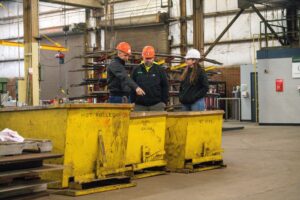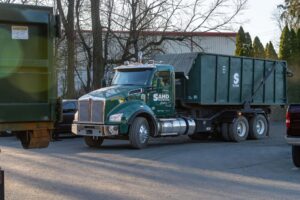Full Video Transcript:
Hey guys, Dan Sahd here, Sahd Metal Recycling. I’m here with Cary and we are here at our stainless steel pile and our pit, not our London metal exchange pit that is a little different than our Sahd Metal Recycling pit, but in a way, they’re both a little off this week. Nickel has been an absolutely crazy ride. Very, very unprecedented trading, and it has everyone wondering what’s going on. We’re all in a holding pattern, us, our customers, and the people we sell to. So just a real quick premise for those who may not know, this pile here is a 304 stainless steel. So I have an analyzer, this is like an old school analyzer, that detects the elements that are involved in each piece of metal. And as you can see here, I just quickly did it. I’ll show Cary here, the breakout, that’s an elemental breakout. Nickel 304 stainless is generally between eight and 10% nickel.
And then obviously all the other elements that make up for it, the chromium, the iron, a little bit of manganese and a little bit of molybdenum, don’t say that too fast. Cary. So basically this is what you would find on a home refrigerator. Industrially, as you can see from our pile it’s piping in a plant, any food plant pretty much is going to use stainless steel. So it’s things we eat and really touches almost everyone’s lives if they really realize how involved. So when you get a spike in a commodity like nickel, it changes everything. And it’s just added one more thing to the supply chain mess that we’ve been dealing with forever. What makes nickel a little different in this scenario, absolutely stunning, is this market, the metal prices, and the nickel market, which is traded in London, the London Metal Exchange.
They actually have a pick and there are many British terms that I’ve never known before, like the open outcry, which I think blends well with what happens here at Sahd Metal Recycling sometimes. This is a very old process that they still are in this pitch, shouting trading. And they also obviously have a technical trade element to it too, but there were a lot of big shorts that came in, margins needed to be covered, and the market actually closed for eight days. So we had an unprecedented spike in 2007, we’ve talked about this before with our group, in 2007 nickel ran up to about 2438, $24.38. This year with our dumpster talks, we’ve been seeing nickel in the nine to $11 range for the most part. And it was doing this steady climb where it was going higher and higher, but in the last few weeks, it actually shot up ridiculously high.
At one point up to $46 a pound, which is absolutely insane and all pretty much a function of financial trading versus actual supply and demand dynamics on the ground. And that’s what the problem is with us. Our customers are just on hold as to knowing what to do. The people who buy, who we sell to, don’t really know where the market should be. The people we buy from don’t either. So it’s in a holding pattern right now. What they’ve done, this is the second day in a row that nickel has opened and hit immediately hit the down, the limit down that they’re allowing. On the first day they allowed 5%, second day, 8%. So right now we’re sitting right around $19 a pound for a nickel. You could say that, I would have to guess on this, yearly right now we’d be in the 10 to $11 range typically throughout the first part of this year.
So there’s probably more room to the downside, but there’s also potential that this is going to end up higher than where the benchmark was at the beginning of the month, right around $13 a pound. So there are a lot of unknowns. And until we hit multiple days that is traded normally without hitting limit downs, we’re not going to know anything about where the market is. So we just wanted to give you a little primer on what’s going on with nickel, because it’s capturing a lot of people’s attention. And even people in the business who are supposed to know more, don’t know about a lot of these mechanisms. We need to get some experts from London to help us out on this. So we’ll find one of those, but in the meantime, we’re continuing to buy and sell the metal. We’re using a benchmark of the last closed day on Friday, the eighth, using that as a benchmark and then giving customers an upside if the market actually settles in a range that is beyond that, but also providing a floor for where it could be.
So who knows where we’re heading next. It’s just, again, another one of these last two years, things that you add in that are supposedly unprecedented, but will probably happen again soon. So you never know. The bigger point here though is when technical financial trading gets so decoupled from actual supply and demand, it makes it almost useless as a tool for people like us to buy and sell with. So that’s where we’re at. So thank you very much and stay tuned. Hopefully, we’ll have some good updates soon. Have a great one.












